Yennal Yeongil Naengmyeon (옛날연길냉면)
18.4Km 2021-03-18
31, Jong-ro, 46-gil, Jongno-gu, Seoul
+82-2-747-8898
This is a Korean cuisine located in Dongdaemun Gate, Seoul. A restaurant run by a Chinese. The best menu at this restaurant is cold buckwheat noodles.
Naru Arts Center (나루아트센터)
18.4Km 2021-02-09
76, Neungdong-ro, Gwangjin-gu, Seoul
+82-2-2049-4700
Naru Arts Center is a performing arts theater complex dedicated to contributing to the cultural and artistic development of Korea by offering a variety of quality programs. The arts center consists of a main 601-seat theater and a smaller 167-seat theater for staging performances of varied genres such as classical music, gugak (traditional Korean music), jazz, dance, musical show, and more. The center also makes efforts to develop quality educational programs in the field of culture and arts. Moreover, it keeps a low-price policy in order to reach a greater audience and provide more opportunities to enjoy fine performances.
Common Ground (커먼그라운드)
18.4Km 2024-10-25
200 Achasan-ro, Gwangjin-gu, Seoul
+82-2-467-2747
Korea's first pop-up store built with shipping containers,
Common Ground is approximately 5,300 square meters in scale, made up of 200 large containers and is capable of transforming into different structures or moving into different places. Mega-sized mainstream brands are hard to spot in Common Ground. Instead, new and trendy mid-sized shops by up-and-coming new designers and editorial shops can be found here.
On the central square of the ground market, a weekend market is held with different themes. In addition, various events such as exhibitions and performances continue to entertain shoppers while playing its role as a cultural space. On the third floor terrace, famous restaurants sprawl along the sides of the alley. If you feel like having a light snack, you can also pop down to the food trucks on the market ground that offers an exotic gastronomic dining experience.
Hotel Lake (호텔 레이크)
18.4Km 2019-08-05
216, Seokchonhosu-ro, Songpa-gu, Seoul
+82-2-422-1001
Hotel Lake is a lakeside hotel where you can enjoy an extensive view of Jamsil, Sukchon Lake, Seoho, Lotte World and Magic Island. Hotel Lake has windows with an open view, spacious guest rooms and bathing rooms (all rooms have a shower booth, whirlpool bathtub and bidet installed), and an exclusive business center for business men in addition to the installation of wireless internet in all rooms.
Seongnam Outdoor Theater (성남시 야외공연장)
18.4Km 2024-02-19
550 Seongnam-daero, Bundang-gu, Seongnam-si, Gyeonggi-do
Seongnam Outdoor Theater, situated within the Bundang Jungang Park, offers seating for up to 11,000 visitors, featuring 480 fixed seats and a sprawling 6,600-square-meter grass seating area. Annually hosting concerts, art festivals, exhibitions, and diverse performances, it consistently delights its visitors with high-quality entertainment.
Onion Anguk Branch (어니언 안국)
18.4Km 2024-02-20
5 Gyedong-gil, Jongno-gu, Seoul
Onion is a café situated in a hanok dating back to the 1920s. Renovated with careful preservation of the daecheongmaru and madang, the café offers a glimpse into traditional Korean architecture. The signature menu item is the vanilla bean latte, and popular desserts include pandoro and salty butter bread. Its proximity to nearby attractions such as Gyeongbokgung Palace, Changgyeonggung Palace, and Changdeokgung Palace makes it a convenient stop for those exploring Seoul's major palaces.
Slow Steady Club - Samcheong Branch [Tax Refund Shop] (슬로우스테디클럽 삼청)
18.4Km 2024-06-27
2F, 84, Yulgok-ro, Jongno-gu, Seoul
-
Italyjae (이태리재)
18.4Km 2017-02-01
74-9, Yulgok-ro 1-gil, Jongno-gu, Seoul
Itaejae, located in a refined side street in Sogyeok-dong, offers authentic traditional Venetian-style Italian cuisine at a reasonable price.
Ramada Plaza Suwon (라마다프라자 수원호텔)
18.4Km 2020-05-28
150, Jungbu-daero, Paldal-gu, Suwon-si, Gyeonggi-do
+82-31-230-0001
True to its name, the hotel is clothed in excellence, exhibiting the kind of quality standard befitting the renowned Ramada name and the global reputation of the Wyndham Group.
Each guestroom at the hotel emanates elegance and luxury while conveying a feeling of warmth and comfort as sunbeams come in through the windows. For VIP guests there’s even an ‘Executive Lounge’ and all guests are welcome to enjoy the sauna and fitness center.
Among the hotel’s major facilities are its four upscale restaurants: an Italian restaurant with great wines, a Chinese restaurant, a buffet restaurant, and an outdoor terrace, perfect for themed parties. For larger gatherings like conferences, seminars, or meetings, book one of the four banquet halls.
Suseongdonggyegok Valley (수성동계곡)
18.4Km 2023-08-17
185-3, Ogin-dong, Jongno-gu, Seoul 서울특별시 종로구 옥인동
Suseong-dong Valley's stream runs down from Inwangsan Mountain and joins Cheonggyecheon Stream, and it is said that the name of the village was called Suseong-dong during the Joseon dynasty due to the loud and clear sound of the flowing water. It appears in the painting "Jangdong Palgyeongcheop," which is Jangdong Eight Scenic Views, that depicts the eight scenic views of Bugaksan Mountain and Inwangsan Mountain as well as in other historical books of the Joseon dynasty as a place of scenic beauty. The valley was so famous for its beauty, that Prince Anpyeong of the Joseon dynasty built his house "Bihaedang" to fully enjoy the view, and the valley and its stone bridge were designated as a cultural property of Seoul in 2010.
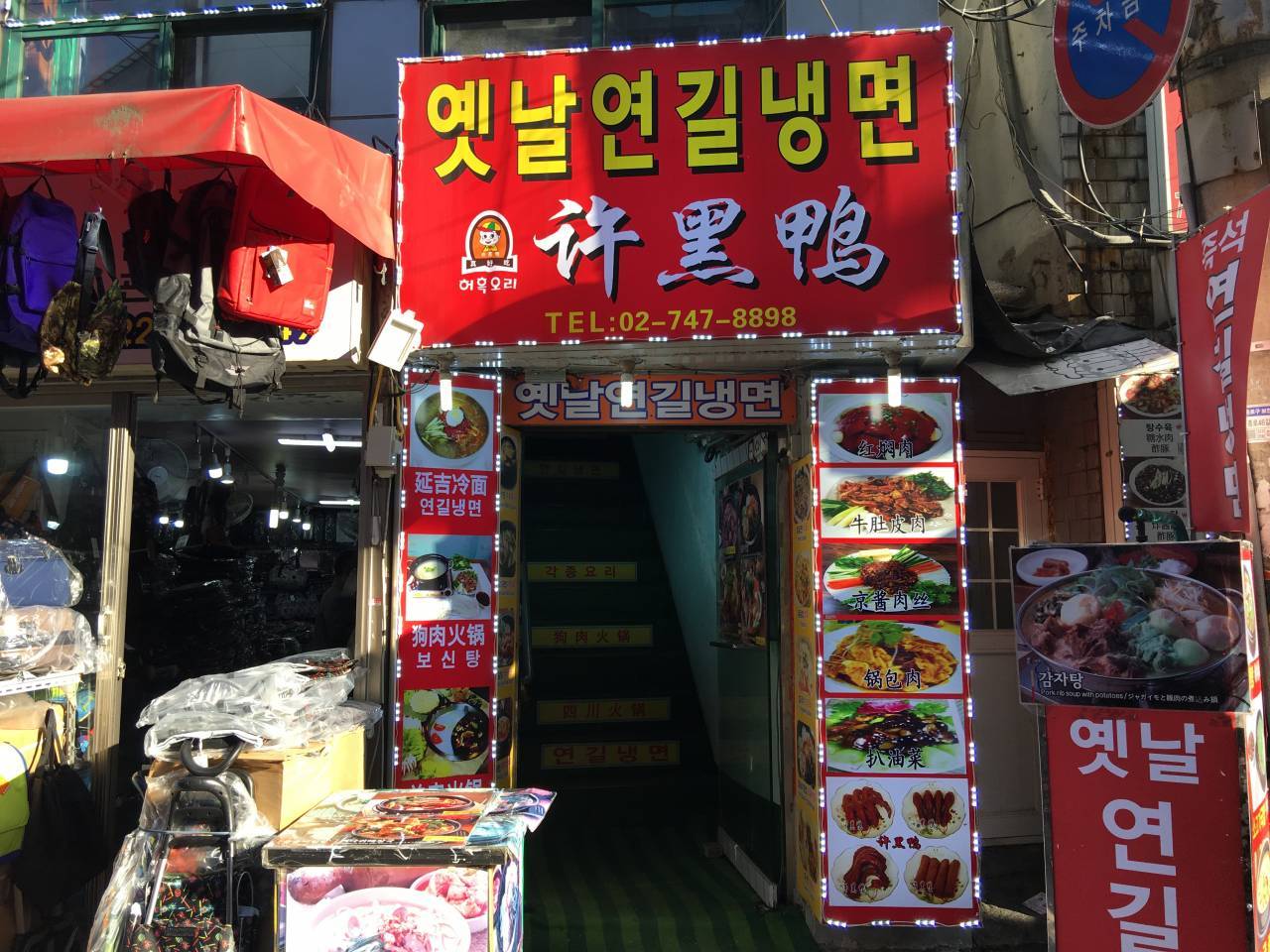
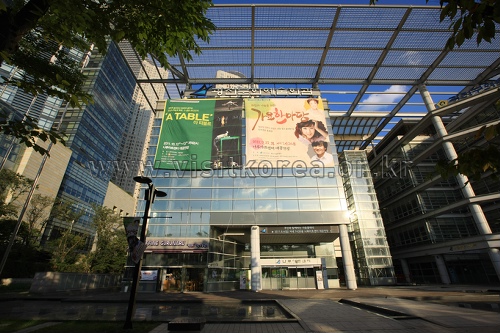
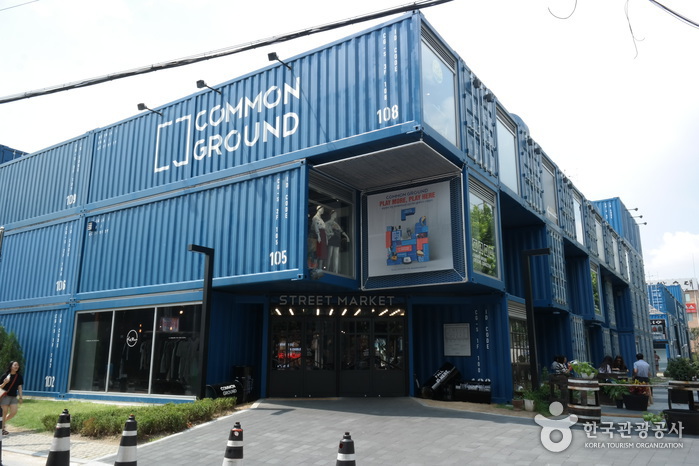
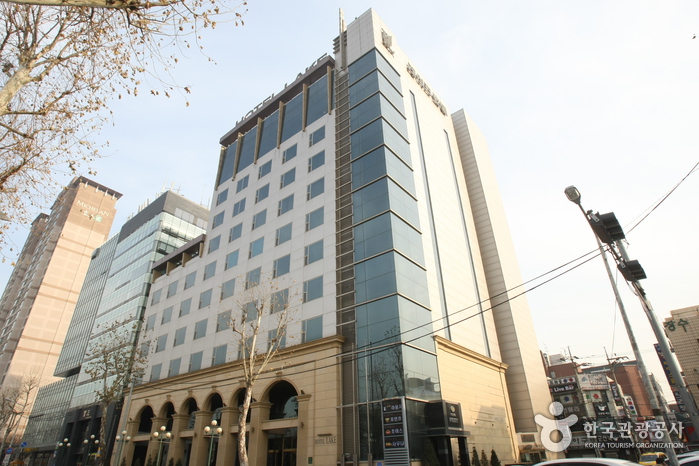
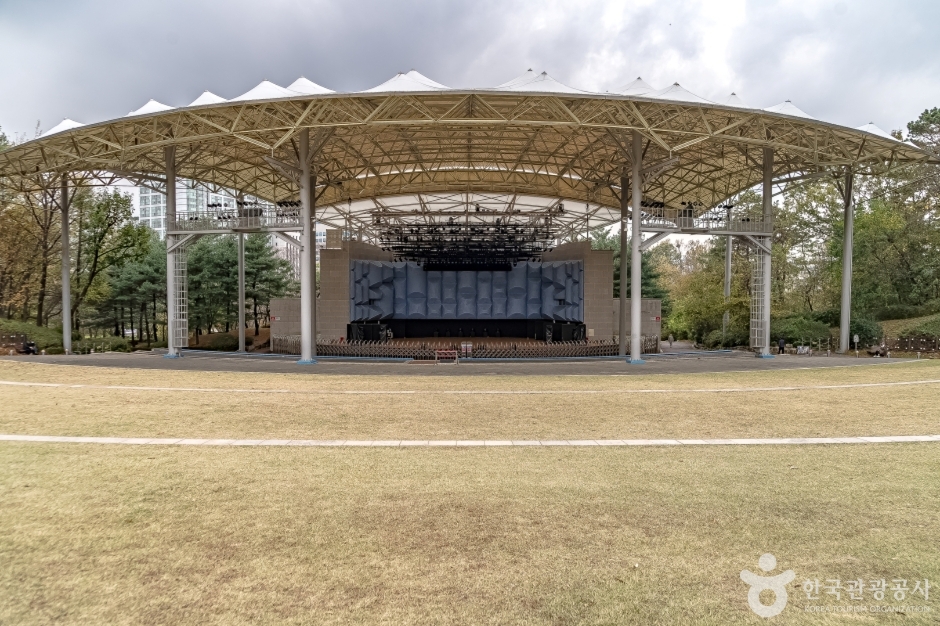
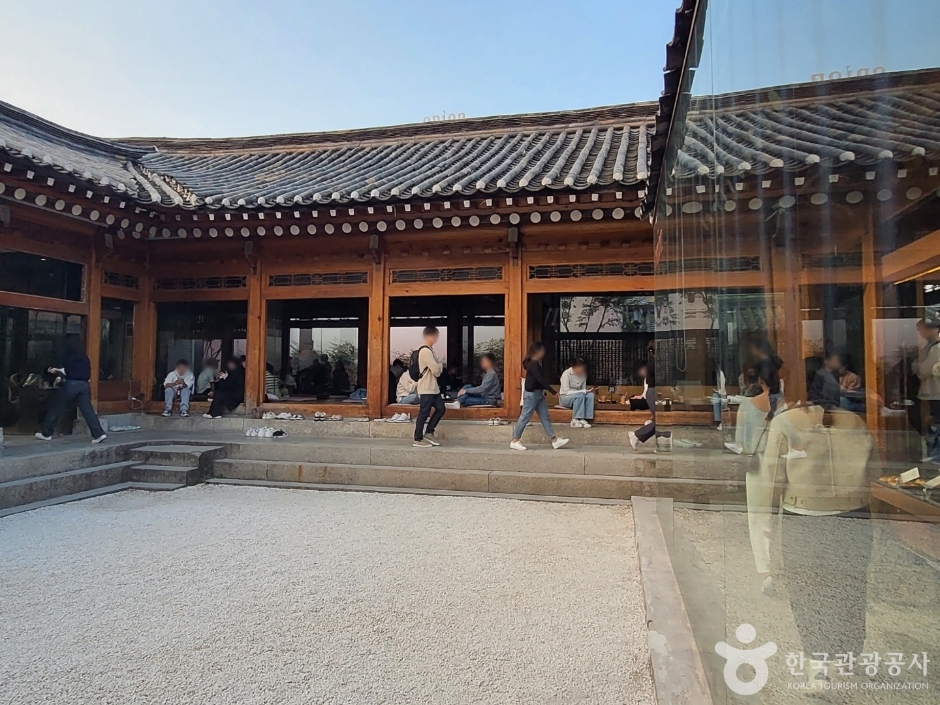
![Slow Steady Club - Samcheong Branch [Tax Refund Shop] (슬로우스테디클럽 삼청)](http://tong.visitkorea.or.kr/cms/resource/13/3314413_image2_1.jpg)
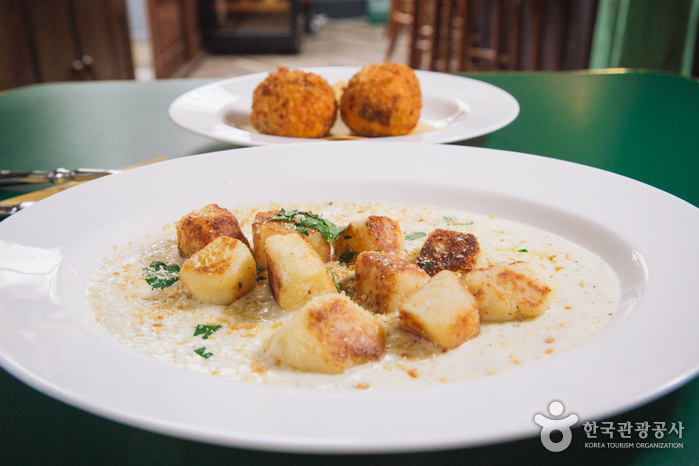
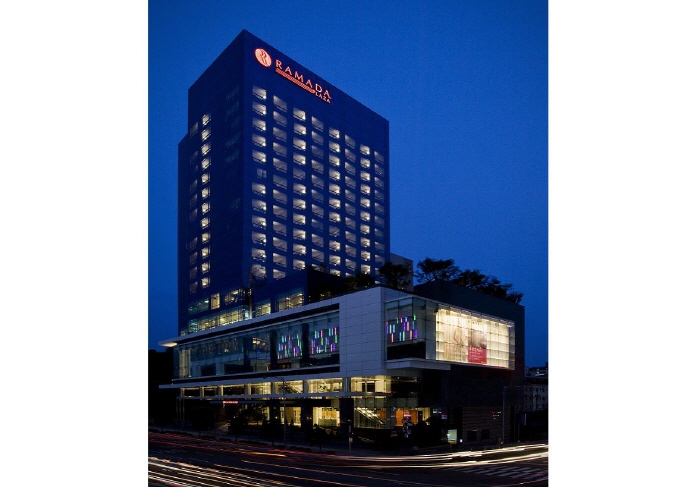
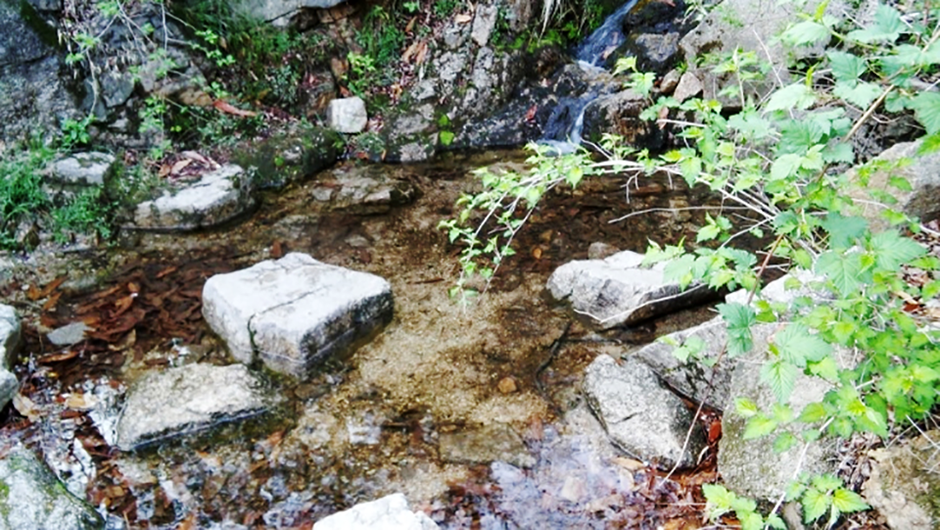
 English
English
 한국어
한국어 日本語
日本語 中文(简体)
中文(简体) Deutsch
Deutsch Français
Français Español
Español Русский
Русский